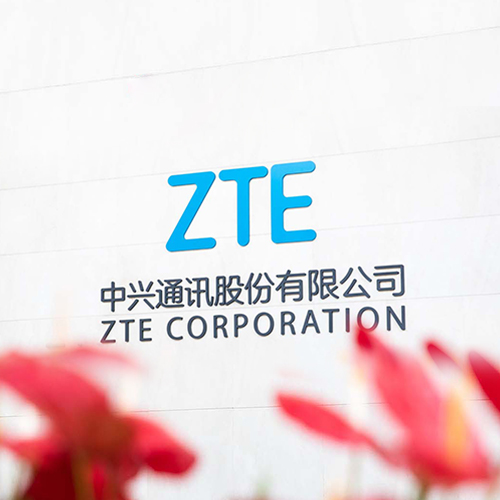28 February 2017, Barcelona, Spain – ZTE Corporation (0763.HK / 000063.SZ), a major international provider of telecommunications, enterprise and consumer technology solutions for the Mobile Internet, today announced that its Pre5G TDD Massive MIMO 2.0 product has demonstrated its high-speed service in multi-user scenario, reaching 2.1Gbps and setting a new single-site peak rate record at a demonstration held at Mobile World Congress (MWC), Barcelona 2017.
The power-on service of ZTE’s Pre5G TDD Massive MIMO 2.0 product provides an ultra-high speed through16-stream spatial division multiplexing, 3 CA (carrier aggregation), and 256 QAM (quadrature amplitude modulation) manifesting a new stage of Pre5G R&D.
To solve the conflicts between the surge in capacity demands and insufficient site resources in existing networks, ZTE's large-capacity outdoor Pre5G Massive MIMO macro base station achieves much higher speed and capacity than those in 4G networks by leveraging existing sites and spectrum resources. At MWC Barcelona 2016, ZTE won the Best Mobile Technology Breakthrough award and the Outstanding Overall Mobile Technology – The CTO's Choice 2016 award for its Pre5G Massive MIMO technology. At Broadband World Forum (BBWF) 2016, ZTE won the Best Wireless Broadband Innovation award. The disruptive innovation and high commercial value of this product has been recognised by global operators, contributing to its commercial deployment in Europe, Japan and many other high-value markets.
ZTE launched Pre5G Massive MIMO 2.0 for high-end markets in September 2016. The solution supports more frequency bands and adapts to the mainstream TDD frequency bands. Being smaller and combined with base band unit and active antenna unit (BBU+AAU) architecture, it is more suitable for 5G evolution. It also provides support for multi-carrier aggregation (CA) to meet operators' demands for large capacity. Through 16-stream transmission, the theoretical peak traffic rate of a single site reaches 2.9Gbps, opening a new Gbps era. Pre5G Massive MIMO 2.0 has been launched in China and Japan, and is expected to be commercially available on the global market in 2017.
